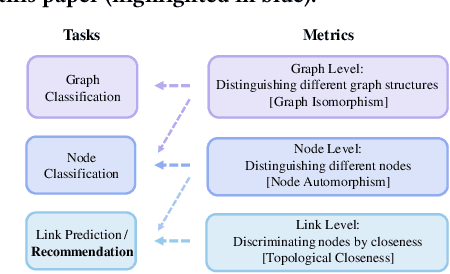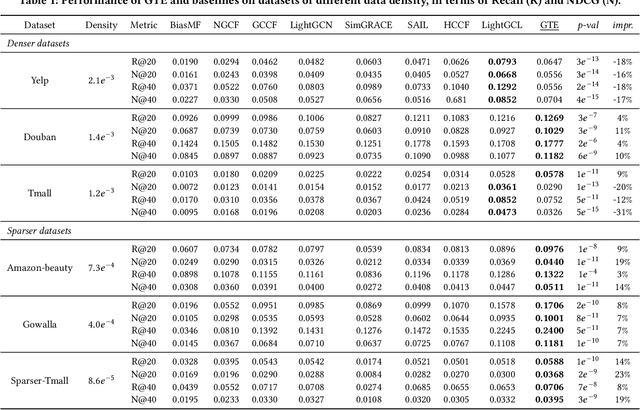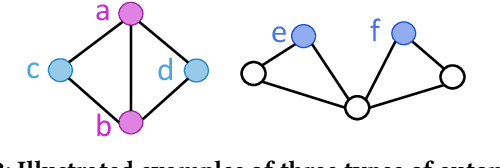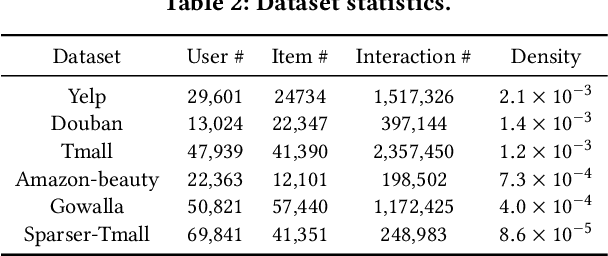Xuheng Cai
HieroLM: Egyptian Hieroglyph Recovery with Next Word Prediction Language Model
Mar 06, 2025Abstract:Egyptian hieroglyphs are found on numerous ancient Egyptian artifacts, but it is common that they are blurry or even missing due to erosion. Existing efforts to restore blurry hieroglyphs adopt computer vision techniques such as CNNs and model hieroglyph recovery as an image classification task, which suffers from two major limitations: (i) They cannot handle severely damaged or completely missing hieroglyphs. (ii) They make predictions based on a single hieroglyph without considering contextual and grammatical information. This paper proposes a novel approach to model hieroglyph recovery as a next word prediction task and use language models to address it. We compare the performance of different SOTA language models and choose LSTM as the architecture of our HieroLM due to the strong local affinity of semantics in Egyptian hieroglyph texts. Experiments show that HieroLM achieves over 44% accuracy and maintains notable performance on multi-shot predictions and scarce data, which makes it a pragmatic tool to assist scholars in inferring missing hieroglyphs. It can also complement CV-based models to significantly reduce perplexity in recognizing blurry hieroglyphs. Our code is available at https://github.com/Rick-Cai/HieroLM/.
Graph Augmentation for Recommendation
Mar 25, 2024Abstract:Graph augmentation with contrastive learning has gained significant attention in the field of recommendation systems due to its ability to learn expressive user representations, even when labeled data is limited. However, directly applying existing GCL models to real-world recommendation environments poses challenges. There are two primary issues to address. Firstly, the lack of consideration for data noise in contrastive learning can result in noisy self-supervised signals, leading to degraded performance. Secondly, many existing GCL approaches rely on graph neural network (GNN) architectures, which can suffer from over-smoothing problems due to non-adaptive message passing. To address these challenges, we propose a principled framework called GraphAug. This framework introduces a robust data augmentor that generates denoised self-supervised signals, enhancing recommender systems. The GraphAug framework incorporates a graph information bottleneck (GIB)-regularized augmentation paradigm, which automatically distills informative self-supervision information and adaptively adjusts contrastive view generation. Through rigorous experimentation on real-world datasets, we thoroughly assessed the performance of our novel GraphAug model. The outcomes consistently unveil its superiority over existing baseline methods. The source code for our model is publicly available at: https://github.com/HKUDS/GraphAug.
* 13 pages and accepted by ICDE 2024
How Expressive are Graph Neural Networks in Recommendation?
Sep 05, 2023



Abstract:Graph Neural Networks (GNNs) have demonstrated superior performance on various graph learning tasks, including recommendation, where they leverage user-item collaborative filtering signals in graphs. However, theoretical formulations of their capability are scarce, despite their empirical effectiveness in state-of-the-art recommender models. Recently, research has explored the expressiveness of GNNs in general, demonstrating that message passing GNNs are at most as powerful as the Weisfeiler-Lehman test, and that GNNs combined with random node initialization are universal. Nevertheless, the concept of "expressiveness" for GNNs remains vaguely defined. Most existing works adopt the graph isomorphism test as the metric of expressiveness, but this graph-level task may not effectively assess a model's ability in recommendation, where the objective is to distinguish nodes of different closeness. In this paper, we provide a comprehensive theoretical analysis of the expressiveness of GNNs in recommendation, considering three levels of expressiveness metrics: graph isomorphism (graph-level), node automorphism (node-level), and topological closeness (link-level). We propose the topological closeness metric to evaluate GNNs' ability to capture the structural distance between nodes, which aligns closely with the objective of recommendation. To validate the effectiveness of this new metric in evaluating recommendation performance, we introduce a learning-less GNN algorithm that is optimal on the new metric and can be optimal on the node-level metric with suitable modification. We conduct extensive experiments comparing the proposed algorithm against various types of state-of-the-art GNN models to explore the explainability of the new metric in the recommendation task. For reproducibility, implementation codes are available at https://github.com/HKUDS/GTE.
SSLRec: A Self-Supervised Learning Library for Recommendation
Aug 10, 2023Abstract:Self-supervised learning (SSL) has gained significant interest in recent years as a solution to address the challenges posed by sparse and noisy data in recommender systems. Despite the growing number of SSL algorithms designed to provide state-of-the-art performance in various recommendation scenarios (e.g., graph collaborative filtering, sequential recommendation, social recommendation, KG-enhanced recommendation), there is still a lack of unified frameworks that integrate recommendation algorithms across different domains. Such a framework could serve as the cornerstone for self-supervised recommendation algorithms, unifying the validation of existing methods and driving the design of new ones. To address this gap, we introduce SSLRec, a novel benchmark platform that provides a standardized, flexible, and comprehensive framework for evaluating various SSL-enhanced recommenders. The SSLRec library features a modular architecture that allows users to easily evaluate state-of-the-art models and a complete set of data augmentation and self-supervised toolkits to help create SSL recommendation models with specific needs. Furthermore, SSLRec simplifies the process of training and evaluating different recommendation models with consistent and fair settings. Our SSLRec platform covers a comprehensive set of state-of-the-art SSL-enhanced recommendation models across different scenarios, enabling researchers to evaluate these cutting-edge models and drive further innovation in the field. Our implemented SSLRec framework is available at the source code repository https://github.com/HKUDS/SSLRec.
LightGCL: Simple Yet Effective Graph Contrastive Learning for Recommendation
Feb 17, 2023Abstract:Graph neural network (GNN) is a powerful learning approach for graph-based recommender systems. Recently, GNNs integrated with contrastive learning have shown superior performance in recommendation with their data augmentation schemes, aiming at dealing with highly sparse data. Despite their success, most existing graph contrastive learning methods either perform stochastic augmentation (e.g., node/edge perturbation) on the user-item interaction graph, or rely on the heuristic-based augmentation techniques (e.g., user clustering) for generating contrastive views. We argue that these methods cannot well preserve the intrinsic semantic structures and are easily biased by the noise perturbation. In this paper, we propose a simple yet effective graph contrastive learning paradigm LightGCL that mitigates these issues impairing the generality and robustness of CL-based recommenders. Our model exclusively utilizes singular value decomposition for contrastive augmentation, which enables the unconstrained structural refinement with global collaborative relation modeling. Experiments conducted on several benchmark datasets demonstrate the significant improvement in performance of our model over the state-of-the-arts. Further analyses demonstrate the superiority of LightGCL's robustness against data sparsity and popularity bias. The source code of our model is available at https://github.com/HKUDS/LightGCL.
 Add to Chrome
Add to Chrome Add to Firefox
Add to Firefox Add to Edge
Add to Edge